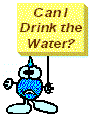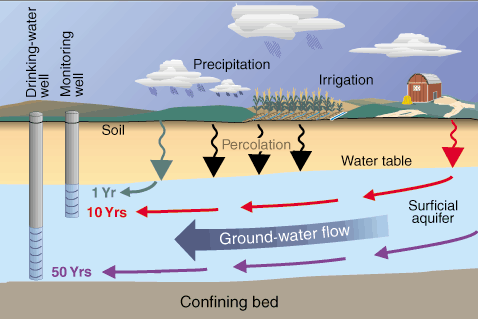 If you ask your grandparents what life was like when they were kids, the answer will probably be that things were simpler, slower, less automated, and that people did not move so often. But since your grandparents’ time two major things have happened: (1) the population of the United States has increased greatly, and (2) technology and scientific innovations have come to play a major role in our lives.
If you ask your grandparents what life was like when they were kids, the answer will probably be that things were simpler, slower, less automated, and that people did not move so often. But since your grandparents’ time two major things have happened: (1) the population of the United States has increased greatly, and (2) technology and scientific innovations have come to play a major role in our lives.
Pesticide use has grown because not only must our exploding population be supplied with food, but crops and food are grown for export to other countries. The United States has become the largest producer of food products in the world, partly owing to our use of modern chemicals (pesticides) to control the insects, weeds, and other organisms that attack food crops. But, as with many things in life, there’s a hidden cost to the benefit we get from pesticides. We’ve learned that pesticides can potentially harm the environment and our own health. Water plays an important role here because it is one of the main ways that pesticides are transported from the areas where they are applied to other locations, where they may cause health problems.
Pesticides can contaminate groundwater
Pesticide contamination of ground water is a subject of national importance because ground water is used for drinking water by about 50 percent of the Nation’s population. This especially concerns people living in the agricultural areas where pesticides are most often used, as about 95 percent of that population relies upon ground water for drinking water. Before the mid-1970s, it was thought that soil acted as a protective filter that stopped pesticides from reaching ground water. Studies have now shown that this is not the case. Pesticides can reach water-bearing aquifers below ground from applications onto crop fields, seepage of contaminated surface water, accidental spills and leaks, improper disposal, and even through injection waste material into wells.
Chemicals can take a long time to appear in groundwater
The effects of past and present land-use practices may take decades to become apparent in ground water. When weighing management decisions for protection of ground-water quality, it is important to consider the time lag between application of pesticides and fertilizers to the land and arrival of the chemicals at a well. This time lag generally decreases with increasing aquifer permeability and with decreasing depth to water. In response to reductions in chemical applications to the land, the quality of shallow ground water will improve before the quality of deep ground water, which could take decades.
Pesticides are mostly modern chemicals. There are many hundreds of these compounds, and extensive tests and studies of their effect on humans have not been completed. That leads us to ask just how concerned we should be about their presence in our drinking water. Certainly it would be wise to treat pesticides as potentially dangerous and, thus, to handle them with care. We can say they pose a potential danger if they are consumed in large quantities, but, as any experienced scientist knows, you cannot draw factual conclusions unless scientific tests have been done. Some pesticides have had a designated Maximum Contaminant Limit (MCL) in drinking water set by the U.S. Environmental Protection Agency (EPA), but many have not. Also, the effect of combining more than one pesticide in drinking water might be different than the effects of each individual pesticide alone. It is another situation where we don’t have sufficient scientific data to draw reliable conclusions.
Source: http://ga.water.usgs.gov/


